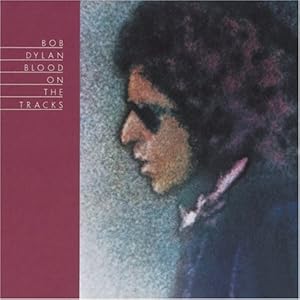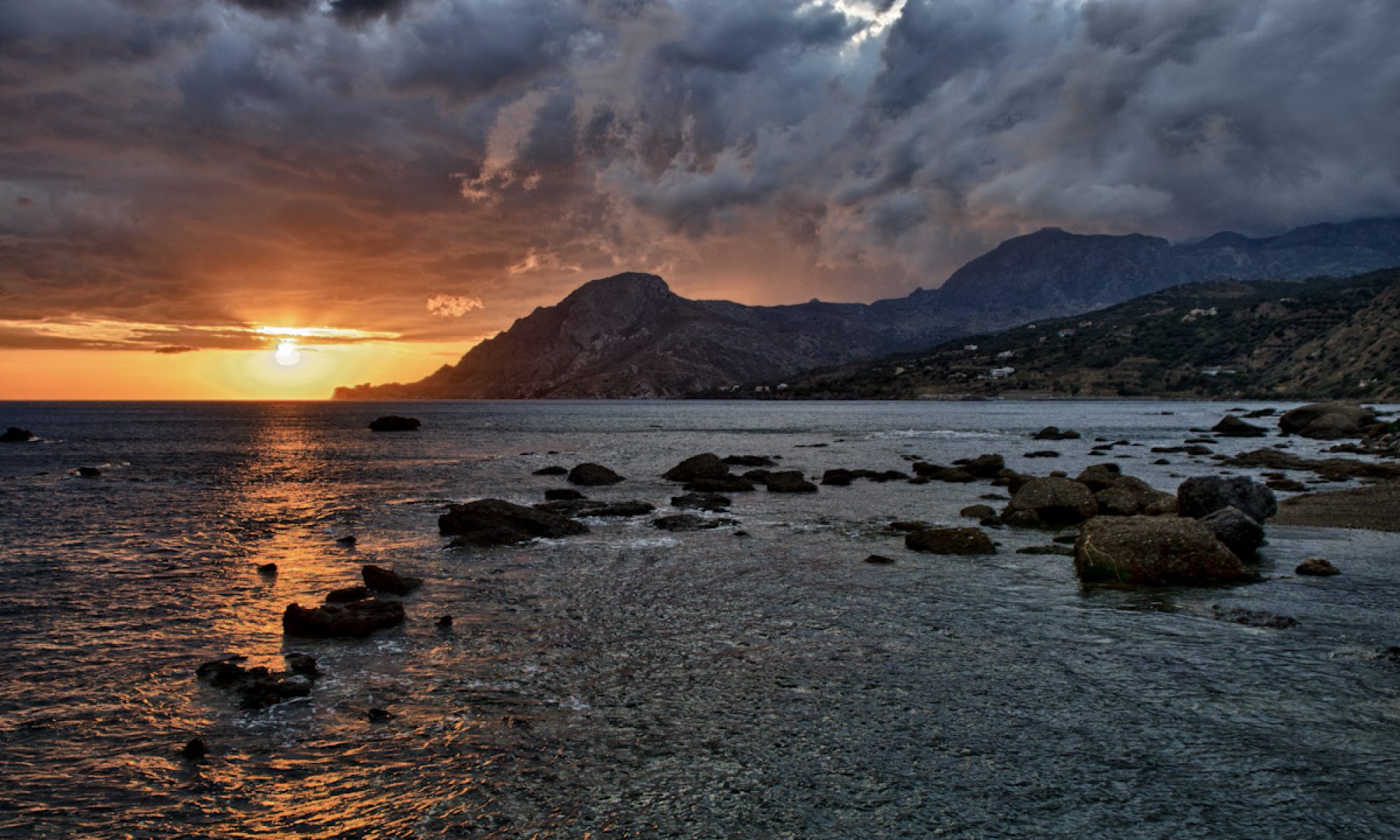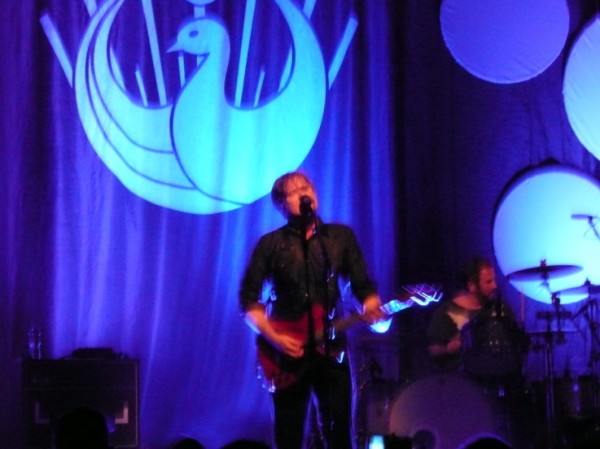I recently finished reading and really enjoyed A Simple Twist of Fate: Bob Dylan and the Making of Blood on the Tracks
As a rule, I’m really interested in the creative process. This is true in many of the photography podcasts that I listen to and the photo blogs that I read. I’ve written before about the 33 1/3 series of books (which analyze classic albums from throughout the years) and in addition to these I’ve also enjoyed documentaries about the making of albums like The Dark Side of the Moon or Nirvana’s Nevermind. In each of these, as in A Simple Twist of Fate, the author (or filmmaker) examines aspects of the creative process as the artist(s) struggled to put together their work.

- Cover of Blood on the Tracks
One thing that I find is that by really analyzing the work one gains a much greater appreciation for the components that make up the whole. These are all albums that I’ve liked over the years but my appreciation grows
when I really take the time to understand more about the work. Looking at each of the minute decisions that were made (
and the reasons behind them – sometimes very consciously and sometimes not) you apprecia
te how each of these small decisions add up to create a greater whole.
In this case, the reader also gains an understanding of Dylan as an artist – and all of his idiosyncrasies that come into play. In this case there’s definitely a visionary and a vision that are filled out by some very talented musicians and producers. For any Dylan fans, I highly recommend this book.
If Dylan’s not your thing, I still recommend the 33 1/3 series .





